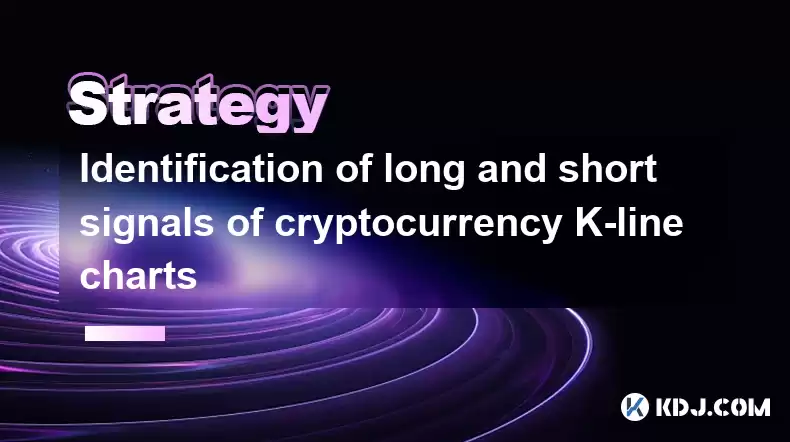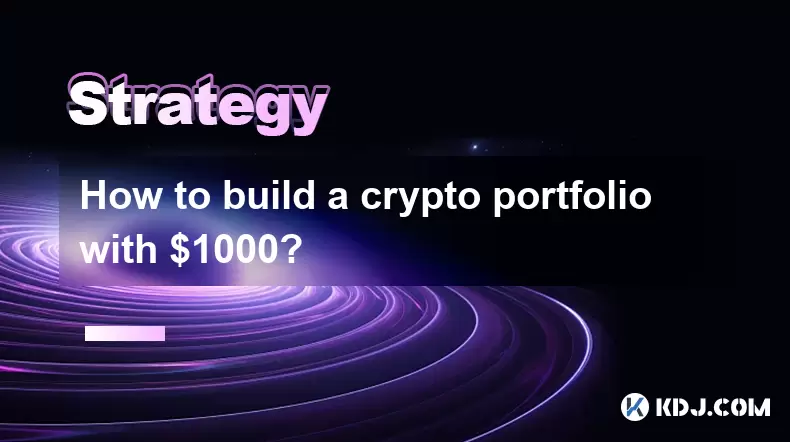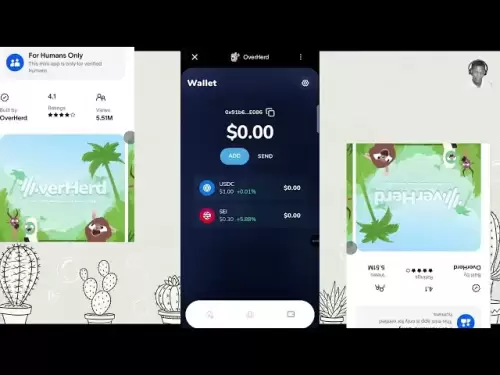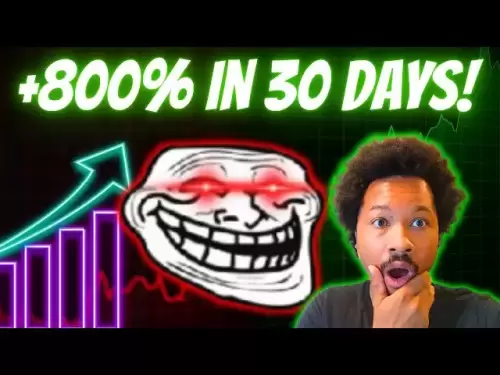-
 Bitcoin
Bitcoin $114200
-0.03% -
 Ethereum
Ethereum $3649
-0.25% -
 XRP
XRP $2.963
-2.31% -
 Tether USDt
Tether USDt $0.9997
-0.02% -
 BNB
BNB $761.0
-0.17% -
 Solana
Solana $164.6
-2.06% -
 USDC
USDC $0.9997
-0.02% -
 TRON
TRON $0.3321
-0.45% -
 Dogecoin
Dogecoin $0.2010
-2.49% -
 Cardano
Cardano $0.7282
-2.60% -
 Hyperliquid
Hyperliquid $37.56
-2.50% -
 Stellar
Stellar $0.3935
-3.18% -
 Sui
Sui $3.440
-1.36% -
 Chainlink
Chainlink $16.49
-1.80% -
 Bitcoin Cash
Bitcoin Cash $558.0
-1.38% -
 Hedera
Hedera $0.2407
-1.49% -
 Avalanche
Avalanche $22.27
-2.29% -
 Ethena USDe
Ethena USDe $1.001
0.00% -
 Litecoin
Litecoin $118.6
-4.00% -
 UNUS SED LEO
UNUS SED LEO $8.995
0.02% -
 Toncoin
Toncoin $3.190
-5.11% -
 Shiba Inu
Shiba Inu $0.00001214
-1.51% -
 Uniswap
Uniswap $9.655
-1.88% -
 Polkadot
Polkadot $3.638
-0.50% -
 Monero
Monero $292.1
-1.82% -
 Dai
Dai $1.000
-0.03% -
 Bitget Token
Bitget Token $4.312
-0.90% -
 Cronos
Cronos $0.1389
-0.32% -
 Pepe
Pepe $0.00001026
-2.44% -
 Aave
Aave $258.2
-1.12%
Identification of long and short signals of cryptocurrency K-line charts
K-line charts visually represent crypto price movements; long signals like engulfing patterns suggest upward trends, while short signals like hanging men indicate downward trends.
Mar 30, 2025 at 04:00 pm

Understanding Cryptocurrency K-Line Charts and Signal Identification
Cryptocurrency K-line charts, similar to those used in traditional stock markets, provide a visual representation of price movements over time. Each candlestick represents a specific time period (e.g., 1 hour, 1 day), showing the opening, closing, high, and low prices. Identifying long and short signals involves analyzing these candlesticks and other technical indicators to predict future price direction. This is not an exact science and requires practice and experience.
Identifying Long Signals (Bullish Signals)
Long signals suggest a potential upward price movement. Several patterns indicate a bullish trend.
Engulfing Pattern: A bullish engulfing pattern occurs when a large green candlestick completely engulfs the previous red candlestick. This suggests buying pressure has overcome selling pressure.
Hammer: A hammer candlestick has a small body at the top of the candle and a long lower wick. This indicates buying pressure pushing the price up after a period of selling.
Morning Star: This three-candlestick pattern consists of a red candle, followed by a small body candle (either red or green), and then a large green candle. It suggests a potential reversal from a downtrend to an uptrend.
Higher Highs and Higher Lows: Observing consistently higher highs and higher lows on the chart indicates a strengthening uptrend. This is a significant long-term signal.
Moving Average Crossover: When a short-term moving average (e.g., 50-day) crosses above a long-term moving average (e.g., 200-day), it's often interpreted as a bullish signal. This suggests the short-term trend is turning upwards.
Relative Strength Index (RSI) Oversold Condition: When the RSI dips below 30, it suggests the asset is oversold, potentially indicating a buying opportunity and a possible upward price movement. However, this is not a guaranteed signal.
Identifying Short Signals (Bearish Signals)
Short signals suggest a potential downward price movement. Several patterns indicate a bearish trend.
Engulfing Pattern (Bearish): A bearish engulfing pattern is the opposite of the bullish one. A large red candlestick completely engulfs the previous green candlestick, signaling increased selling pressure.
Hanging Man: A hanging man candlestick resembles a hammer but is found at the top of an uptrend. It indicates potential selling pressure and a possible price reversal.
Evening Star: This three-candlestick pattern is the bearish equivalent of the morning star. It suggests a potential reversal from an uptrend to a downtrend.
Lower Highs and Lower Lows: Consistently lower highs and lower lows indicate a weakening downtrend, a significant bearish long-term signal.
Moving Average Crossover (Bearish): When a short-term moving average crosses below a long-term moving average, it's often seen as a bearish signal, suggesting the short-term trend is turning downwards.
Relative Strength Index (RSI) Overbought Condition: When the RSI rises above 70, it suggests the asset is overbought, potentially indicating a selling opportunity and a possible downward price movement. This is not a guaranteed signal.
Combining Indicators for Confirmation
Relying on a single indicator or pattern is risky. Combining several indicators and patterns can provide stronger confirmation of a long or short signal. For example, a bullish engulfing pattern confirmed by a moving average crossover and an RSI reading below 30 provides a more robust long signal.
Risk Management and Discipline
Successful trading involves strict risk management. Never invest more than you can afford to lose. Use stop-loss orders to limit potential losses and take-profit orders to secure profits. Emotional trading should be avoided. Sticking to your trading plan is crucial.
The Importance of Chart Patterns
Recognizing chart patterns is a vital skill for identifying potential long and short signals. These patterns, formed by candlestick formations and price action, can provide valuable insights into market sentiment and potential future price movements. Continuous learning and practice are essential for mastering chart pattern recognition.
Technical Indicators and Their Role
Technical indicators, such as the RSI, moving averages, and MACD, are mathematical calculations based on historical price data. They provide additional signals and confirmation of trends identified through candlestick patterns. Understanding how to interpret these indicators is crucial for successful trading. However, remember that no indicator is perfect, and they should be used in conjunction with other analysis methods.
Fundamental Analysis and its Influence
While this article focuses on technical analysis using K-line charts, it's important to note that fundamental analysis also plays a role in cryptocurrency trading. Understanding the underlying technology, the project's team, and the market conditions can significantly impact your trading decisions. Combining both technical and fundamental analysis provides a more comprehensive approach to trading.
Limitations of Technical Analysis
It's crucial to acknowledge the limitations of technical analysis. Past performance is not indicative of future results. Market sentiment can shift rapidly, and unexpected events can significantly impact price movements. Technical analysis should be used as a tool to inform your trading decisions, not as a guarantee of profit.
Frequently Asked Questions
Q: Are K-line chart signals always accurate?
A: No, K-line chart signals are not always accurate. They are probabilistic indicators, not guarantees. Market conditions can change unexpectedly, leading to inaccurate predictions. Confirmation from multiple sources is always recommended.
Q: How many indicators should I use for confirmation?
A: There's no magic number. Using at least two to three indicators or chart patterns to confirm a signal reduces the risk of false signals. The more confirmation you have, the higher your confidence should be.
Q: What is the best timeframe to use for K-line charts?
A: The optimal timeframe depends on your trading style. Day traders might use shorter timeframes (e.g., 1-hour, 5-minute), while swing traders might use daily or weekly charts. Experiment to find what works best for you.
Q: Can I use K-line chart analysis for all cryptocurrencies?
A: Yes, K-line chart analysis can be applied to all cryptocurrencies. However, remember that the volatility and characteristics of different cryptocurrencies can vary significantly. Adjust your strategies accordingly.
Q: Where can I learn more about K-line chart analysis?
A: Many online resources, including educational websites, trading platforms, and YouTube channels, offer tutorials and courses on K-line chart analysis. Continuous learning and practice are essential for mastering this skill.
Disclaimer:info@kdj.com
The information provided is not trading advice. kdj.com does not assume any responsibility for any investments made based on the information provided in this article. Cryptocurrencies are highly volatile and it is highly recommended that you invest with caution after thorough research!
If you believe that the content used on this website infringes your copyright, please contact us immediately (info@kdj.com) and we will delete it promptly.
- Coinbase, Financing, and the Crypto Market: Navigating Choppy Waters in NYC Style
- 2025-08-06 12:50:11
- Bitcoin in Indonesia: Crypto Education and Economic Strategy
- 2025-08-06 12:50:11
- DeriW Mainnet: Zero Gas Fees Revolutionize On-Chain Derivatives Trading
- 2025-08-06 10:30:11
- IOTA, Cloud Mining, and Eco-Friendly Crypto: A New York Investor's Take
- 2025-08-06 10:30:11
- Kaspa (KAS) Price Prediction: August 6 - Will It Break Free?
- 2025-08-06 10:50:12
- Pension Funds, Bitcoin ETFs, and Exposure: A New Era of Institutional Crypto Adoption
- 2025-08-06 12:55:12
Related knowledge

How to avoid common crypto investment mistakes?
Jul 13,2025 at 01:35am
Understanding the Risks of Crypto InvestmentInvesting in cryptocurrency can be highly rewarding, but it also comes with significant risks. One of the ...

What is a long-short crypto strategy?
Jul 15,2025 at 10:56am
Understanding the Basics of a Long-Short Crypto StrategyA long-short crypto strategy is an investment approach where traders simultaneously take long ...

What is a long-short crypto strategy?
Jul 11,2025 at 01:28pm
Understanding the Basics of Long-Short Crypto StrategyA long-short crypto strategy is an investment approach where traders take both long and short po...

How to use the RSI indicator for crypto?
Jul 12,2025 at 03:56pm
Understanding the RSI Indicator in Cryptocurrency TradingThe Relative Strength Index (RSI) is a momentum oscillator used to measure the speed and chan...

Is copy trading a good strategy for crypto beginners?
Jul 12,2025 at 08:28am
Understanding Copy Trading in the Cryptocurrency MarketCopy trading is a strategy where novice traders replicate the trades of experienced investors a...

How to build a crypto portfolio with $1000?
Jul 13,2025 at 08:14pm
Understanding the Basics of Cryptocurrency InvestmentBuilding a crypto portfolio with $1000 starts with understanding the fundamentals of cryptocurren...

How to avoid common crypto investment mistakes?
Jul 13,2025 at 01:35am
Understanding the Risks of Crypto InvestmentInvesting in cryptocurrency can be highly rewarding, but it also comes with significant risks. One of the ...

What is a long-short crypto strategy?
Jul 15,2025 at 10:56am
Understanding the Basics of a Long-Short Crypto StrategyA long-short crypto strategy is an investment approach where traders simultaneously take long ...

What is a long-short crypto strategy?
Jul 11,2025 at 01:28pm
Understanding the Basics of Long-Short Crypto StrategyA long-short crypto strategy is an investment approach where traders take both long and short po...

How to use the RSI indicator for crypto?
Jul 12,2025 at 03:56pm
Understanding the RSI Indicator in Cryptocurrency TradingThe Relative Strength Index (RSI) is a momentum oscillator used to measure the speed and chan...

Is copy trading a good strategy for crypto beginners?
Jul 12,2025 at 08:28am
Understanding Copy Trading in the Cryptocurrency MarketCopy trading is a strategy where novice traders replicate the trades of experienced investors a...

How to build a crypto portfolio with $1000?
Jul 13,2025 at 08:14pm
Understanding the Basics of Cryptocurrency InvestmentBuilding a crypto portfolio with $1000 starts with understanding the fundamentals of cryptocurren...
See all articles

























































































